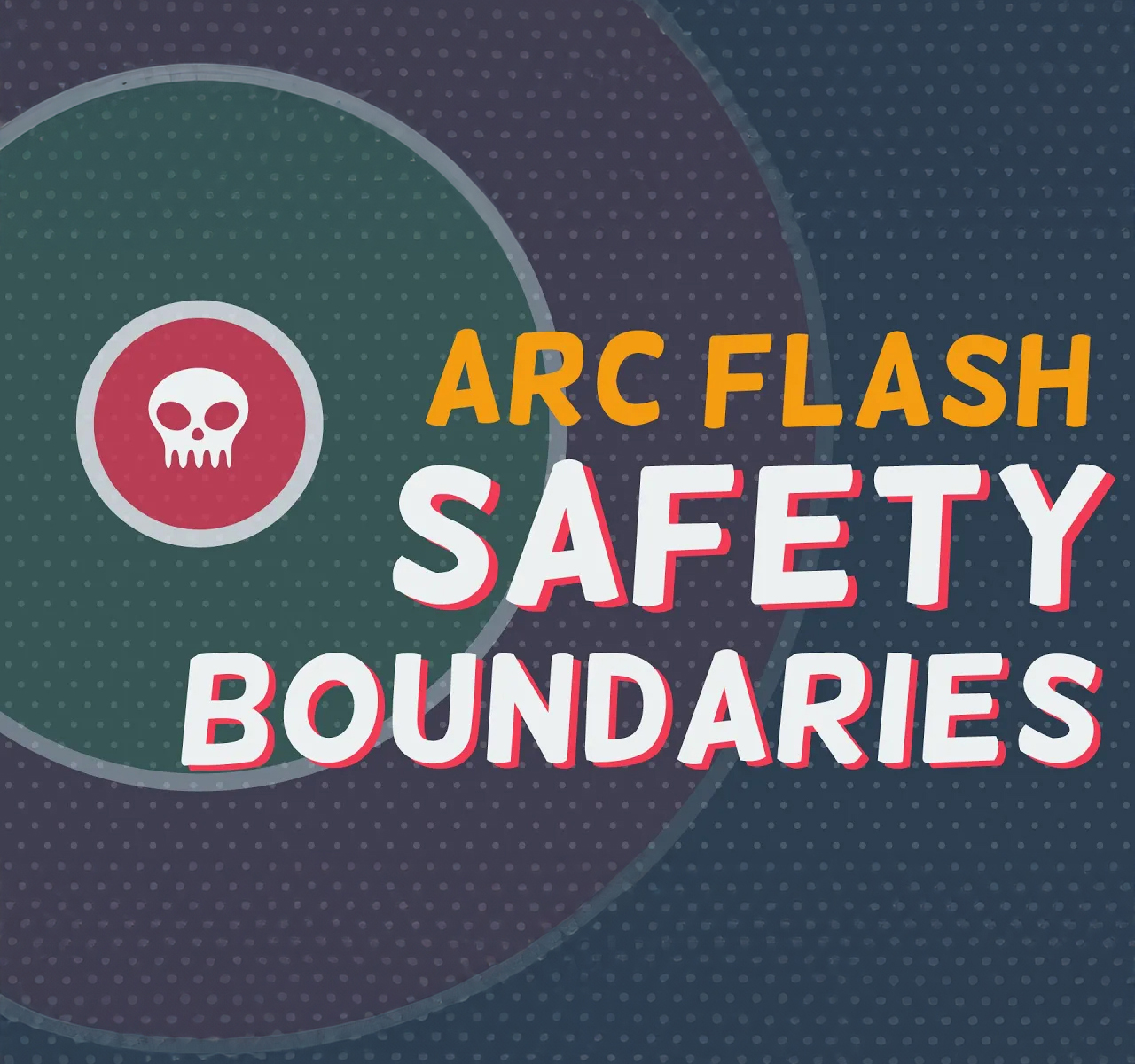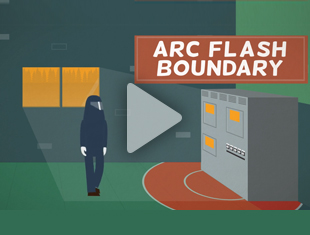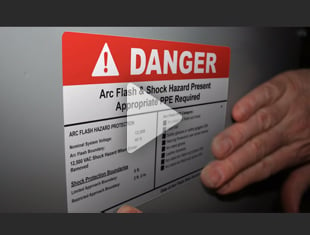What is Arc Flash? A Guide to its Dangers and Safety Measures
Working with electrical equipment is a serious hazard if personnel are not properly informed on the basics of electrical safety & how to protect themselves. This video helps explain the basics to get you started. DuraLabel features easy to understand Best Practice Guides on OSHA and industrial topics such as Arc flash, GHS, Floor Marking, and more.
Get Your Free Arc Flash Instant Action and Labeling Guide
Timestamps:
0:01 What is Arc Flash?
0:51 NFPA 70E Standard Label
1:00 Nominal System Voltage
1:03 Arc Flash Boundary
1:09 Arc Flash PPE Category
1:18 Arc Flash PPE Gear Required
1:22 Outro
Additional Resources:
• Read Meeting Industry Standards: Arc Flash Label Printing Requirements
• Educate and Protect Your People 5 Easy Ways to Prevent Burns
• Check out our Portable DuraLabel Toro Max Industrial Label Printer
Related Resources

Understanding Arc Flash Boundaries: A Guide to Safety Labeling
In this video, we will talk about the critical aspects of Arc Flash Boundaries, providing a clear ...
Watch Now
Arc Flash Safety Boundaries
When approaching a potentially dangerous situation, it's important to know what the boundaries are. For ...
Watch Now
How-To Create Arc Flash Labels with LabelForge PRO
Watch Now
.png)





